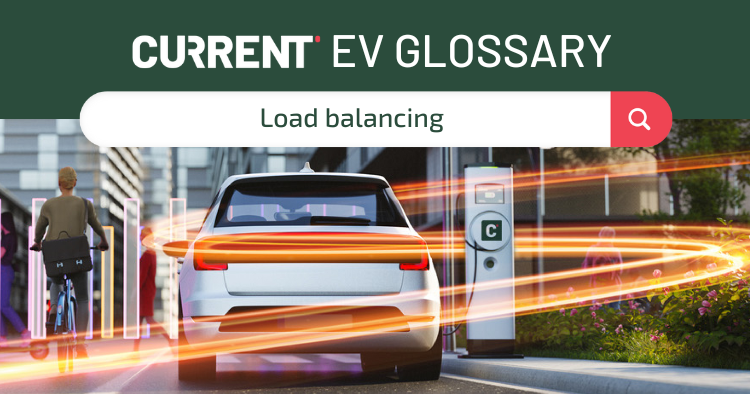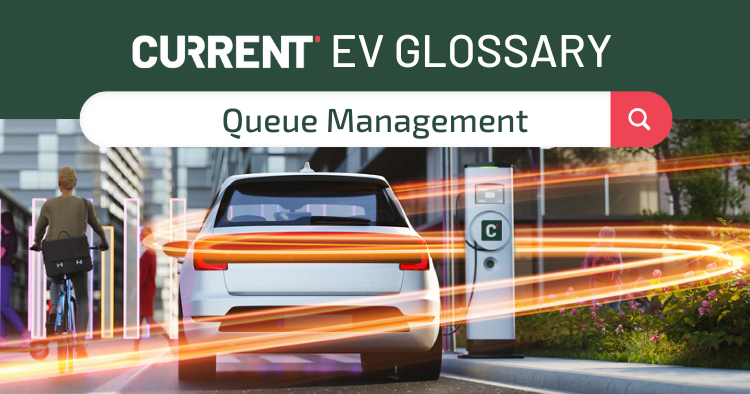ISO 15118
ISO 15118: What Is It and Why Is It Important?
The EV industry faces a challenge as the adoption of electric cars continues. It is possible for manufacturers and car brands to develop different and incompatible methods of charging. Drivers would suffer from difficulties finding a compatible charger during their journeys, especially when roaming. A possible solution to this challenge is known as ISO 15118.
What is ISO 15118?
ISO 15118 is a set of standards proposed by the International Organization for Standardization (ISO). These standards provide a common definition and parameters for communications in an electric vehicle charging system. The proper name of this standard is "Road Vehicles – Vehicle to Grid Communication Interface." Many people also refer to it as "Plug & Charge."
Here's a little more technical explanation:
Electric Vehicles (EVs), including Battery Electric Vehicles and Plug-In Hybrid Electric Vehicles, and the Electric Vehicle Supply Equipment (EVSE) could be required to communicate according to ISO 15118. The Electric Vehicle Communication Controller (EVCC) and the Supply Equipment Communication Controller (SECC) are the generic equipment communication components. ISO 15118 describes the communication between these parts.
The general idea is to provide a standardised set of communication protocols for electric road vehicles. Every charger and vehicle would use these protocols to communicate between the vehicle, the charger, and the grid.
Now, let's survey the five key ambitions of those who want to implement ISO 15118.
Five Key Areas of ISO 15118 for Electric Vehicle Charging
There are five main improvements advocates of ISO 15118 want to deliver:
- Smart EV charging – aligning grid capacity with energy requirements for EV charging. By using smart charging, a site's charge stations, the property on which they are located, and the grid itself are all given an equal share of power. By using smart charging, the load on the grid during periods of high demand is reduced.
- Vehicle-to-grid charging (V2G) – grid capacity is balanced through a two-way energy transfer between the vehicles and the grid. By enabling the energy from the cars to charge the grid, returning power to the vehicle's battery during periods of low demand, or "timing" the energy so the car is set to go whenever the driver needs it, V2G further lessens the pressure on the grid.
- Security – providing a way for the communication between the vehicle and the charge point to be encrypted. This should eliminate unauthorised access and 'leakage' from one connection to another via RFID reading.
- Authentication – without the driver taking any action, recognizing and approving the car to be charged. This should enable charging without entering passwords or billing information for each session.
- Seamless charging experience – All these points combined should create a charging experience that is simple for the driver. Connections across networks, V2G transfers, and billing should happen with as little friction as possible.
The standard also covers wireless charging, even though this is only in its infancy in terms of development and usage.
Background on the ISO 15118 Protocols
The International Organization for Standardization (ISO) and the International Electrotechnical Commission (IEC) started working together on the ISO 15118 project in 2010. The main page for the "Plug and Charge" portion on their website is the 2019 version, even though the central "Plug and Charge" component was introduced in 2014. Nevertheless, as of 2020, no vehicles had used it. In general, uptake has been low. Recent efforts have been made, especially in California, to try to push more automakers and eMobility providers to implement ISO 15118.How ISO 15118 Should Work at an EV Charging Point
Creating and deploying a communications protocol and standard for charging electric vehicles is surprisingly difficult. Both the EV and the parts of the charging infrastructure can (and often do) use their own programming language and syntax. Secure communication is only part of the issue - translation is also necessary so each part of the communication interface can talk to every other part.
The ISO 15118 standard aims to create a communication network where each vehicle and device can identify itself and speak to every other device as needed. To do this, the joint working group proposed a workaround. Instead of creating a common language, they propose a "contract certificate." This should identify the owner and vehicle type. Once these are identified, the charging station should be able to provide a proper charging schedule and connect to a billing account associated with the owner.
Here's how this would work during a charging session:
- The contract certificate is stored on the vehicle.
- When the vehicle connects to charging stations, the certificate is read.
- The charging station will automatically identify the owner and verify payment.
- Charging can occur once the first three steps happen.
- The contract certificate provider can invoice the owner and manage any other processes.
This distinguishes ISO 15118 from other EV standards in two ways: first, it concentrates on the interaction between the car and the charging station, as opposed to many other well-known standards, which concentrate more on other infrastructure components. Second, because it immediately impacts their freedom to move around, drivers are far more aware of the impact of this criterion than other people would be.
Two Reasons a Consistent Grid Communication Interface is Important for the EV Industry
Before we mention some of the problems with the ISO 15118 standard being proposed, it will be helpful to point out the benefits of this standard.
Easier Charging Should Mean More Adoption of Electric Vehicles
Many drivers still fear running out of power, called range anxiety. Adding some easier connections and communication protocols that enable seamless roaming and usage of different charging station networks will reduce range anxiety.
ISO 15118 Should Make V2G and Bi-Directional Charging Better
Creating a smart grid that can be simultaneously charging EVs and managing electricity demand on the electrical grid will make the grid more resilient. Efficient charging and usage could reduce energy demand, ultimately helping even more with the problems of climate change.
The Problems with ISO 15118
There are a few concerns raised about ISO 15118:
- The new contract certificate and communications are not as secure as they could be. Without launching into a technical discussion, the short summary is that security protocols can be more vulnerable to cyber attacks than other technologies that could be considered.
- The international standard also seems biased towards a small group of certificate providers. These providers would have a lot of influence over EV charging, including potentially setting prices.
- The standard also relies on automakers accepting the charging certificate issuer's reliability and authority. So far, very few manufacturers have been willing to do so.
These problems can be solved. Everyone agrees that a seamless charge process will help EV adoption. Ultimately, we expect all the parties involved to come together to create a consistent communication protocol that makes charging better for the user, the provider, and the energy grid.
Summary
ISO 15118 is a step towards an internationally agreed standard for communication during the charging process. It would affect all power line communication, including DC charging and AC charging, because data is transferred through the charging cable. Here are some significant points from this article:
- ISO 15118 would make charging easier for the user.
- Increased V2G and bi-directional charging capabilities are good for the grid.
- ISO 15118 has not been implemented and there are some concerns about it.
That's a brief summary of ISO 15118. If you're interested in learning more, then please get in touch or browse more of our glossary articles.



